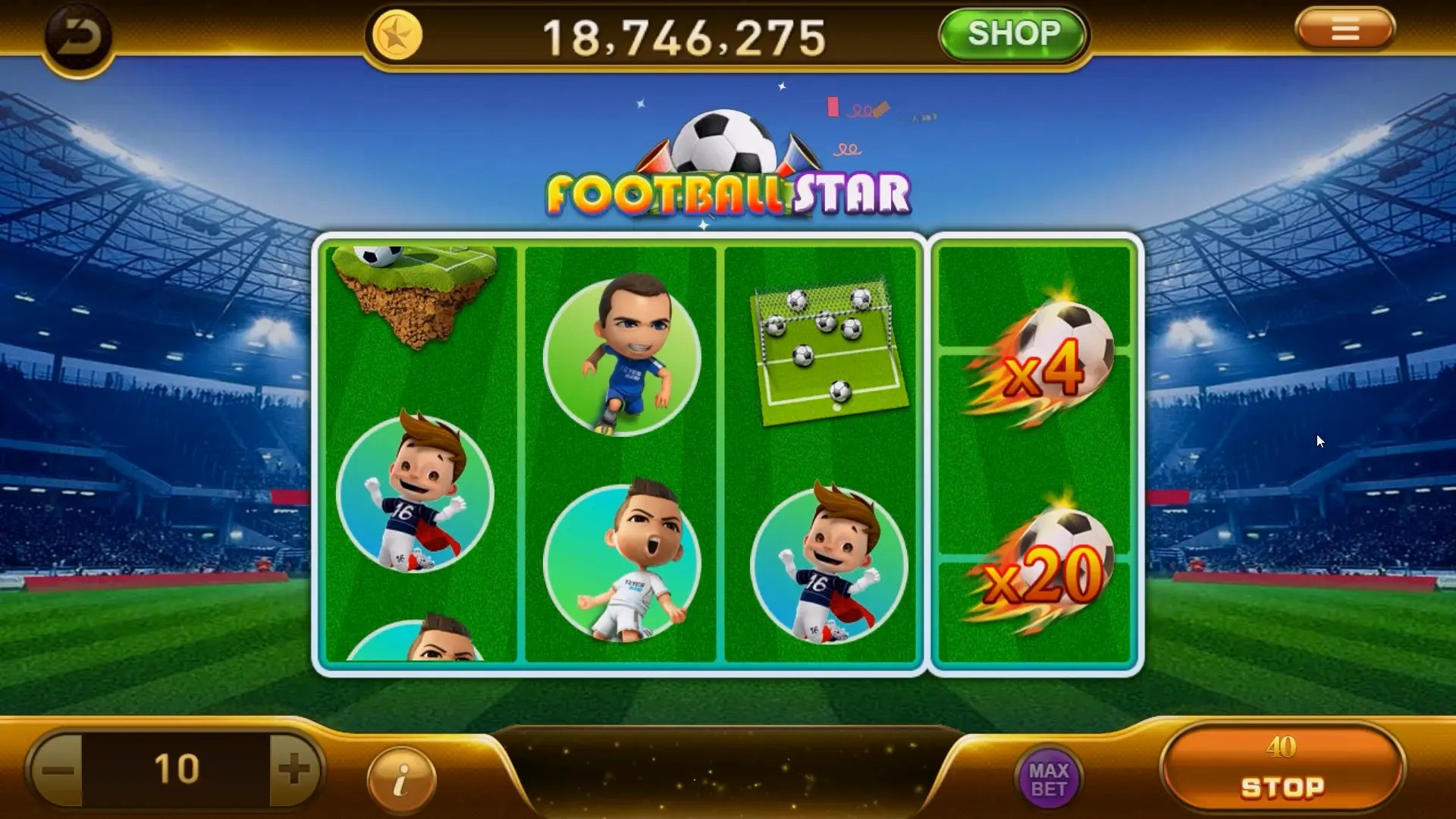Unlocking Learning: How Creative Educational Games Enhance Student Engagement
In today's fast-paced educational environment, teachers are constantly on the lookout for innovative ways to enhance student engagement and improve learning outcomes. One strategy that has gained significant attention is the integration of creative educational games into the curriculum. These games not only make learning more enjoyable but also foster critical thinking, problem-solving, and collaboration among students. This article explores the various aspects of how creative educational games can transform the learning experience for students.
The Power of Play in Education
Incorporating play into education is not a new concept, but recent research highlights just how impactful it can be. Engaging students through games taps into their natural curiosity and desire for exploration. When they play, they learn in an environment that feels less like a classroom and more like an adventure.
Benefits of Creative Educational Games
- Increased Engagement: Students are more likely to participate actively when they are engaged in a game.
- Enhanced Retention: Learning through play makes information easier to remember.
- Development of Critical Skills: Games often require players to think critically and make decisions quickly.
- Collaboration and Teamwork: Many games encourage students to work together, promoting social skills.
Types of Creative Educational Games
There are several types of creative educational games that can be implemented in various subjects. The following table outlines some popular categories:
| Type of Game | Examples | Subject Areas |
|---|---|---|
| Board Games | Scrabble, Monopoly | Language Arts, Math |
| Video Games | Clash of Clans Game Guide, Minecraft | Strategy, Collaboration |
| Role-Playing Games | Fiasco RPG Game | Creative Writing, Problem Solving |
| Simulation Games | SimCity, Civilization | History, Geography |
How to Implement Educational Games in the Classroom
Integrating games into the curriculum may sound straightforward, but it's essential to approach it strategically. Here are some steps to follow:
- Identify Learning Objectives: Determine what you want students to learn.
- Choose the Right Game: Select games that align with your objectives.
- Set Clear Rules: Clearly explain the rules and goals of the game.
- Debrief After Playing: Discuss what students learned from the game.
Case Study: Successful Implementation of Educational Games
One school district implemented educational games in their math curriculum, leading to a significant increase in student engagement and academic performance. The results were astonishing:
- 80% of students reported enjoying math class more
- Test scores improved by an average of 15%
- Increased collaboration among students
Cautions When Using Educational Games
While educational games offer numerous benefits, educators should be aware of potential downsides:
- Distraction: Some students may become too focused on winning rather than learning.
- Access Issues: Not all students may have access to technology needed for certain games.
Future Trends in Creative Educational Games
The future of educational gaming looks promising with advancements in technology. Here are a few trends to watch:
- Virtual Reality: Immersive experiences that can simulate real-world scenarios.
- Gamification: Applying gaming elements in non-game contexts to enhance engagement.
- Personalized Learning: Adapting games to cater to different learning styles and paces.
Conclusion
In summary, creative educational games hold immense potential to unlock the learning capabilities of students. By fostering engagement, enhancing retention, and developing essential skills, these games can transform the educational landscape. As educators continue to explore innovative teaching methods, the incorporation of gaming into the curriculum promises not only a fun learning experience but also a pathway to academic success for students.



